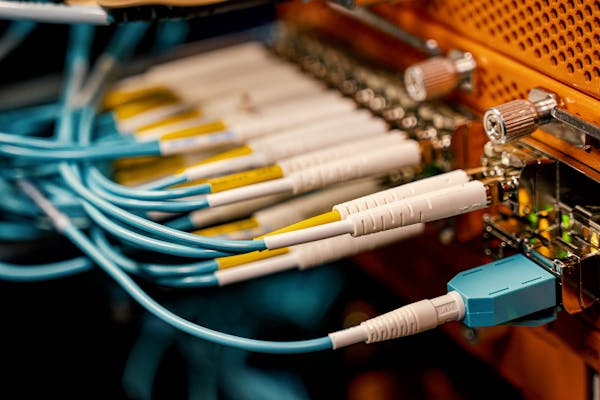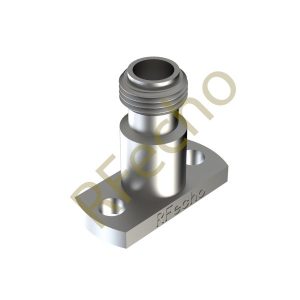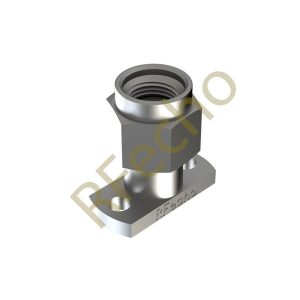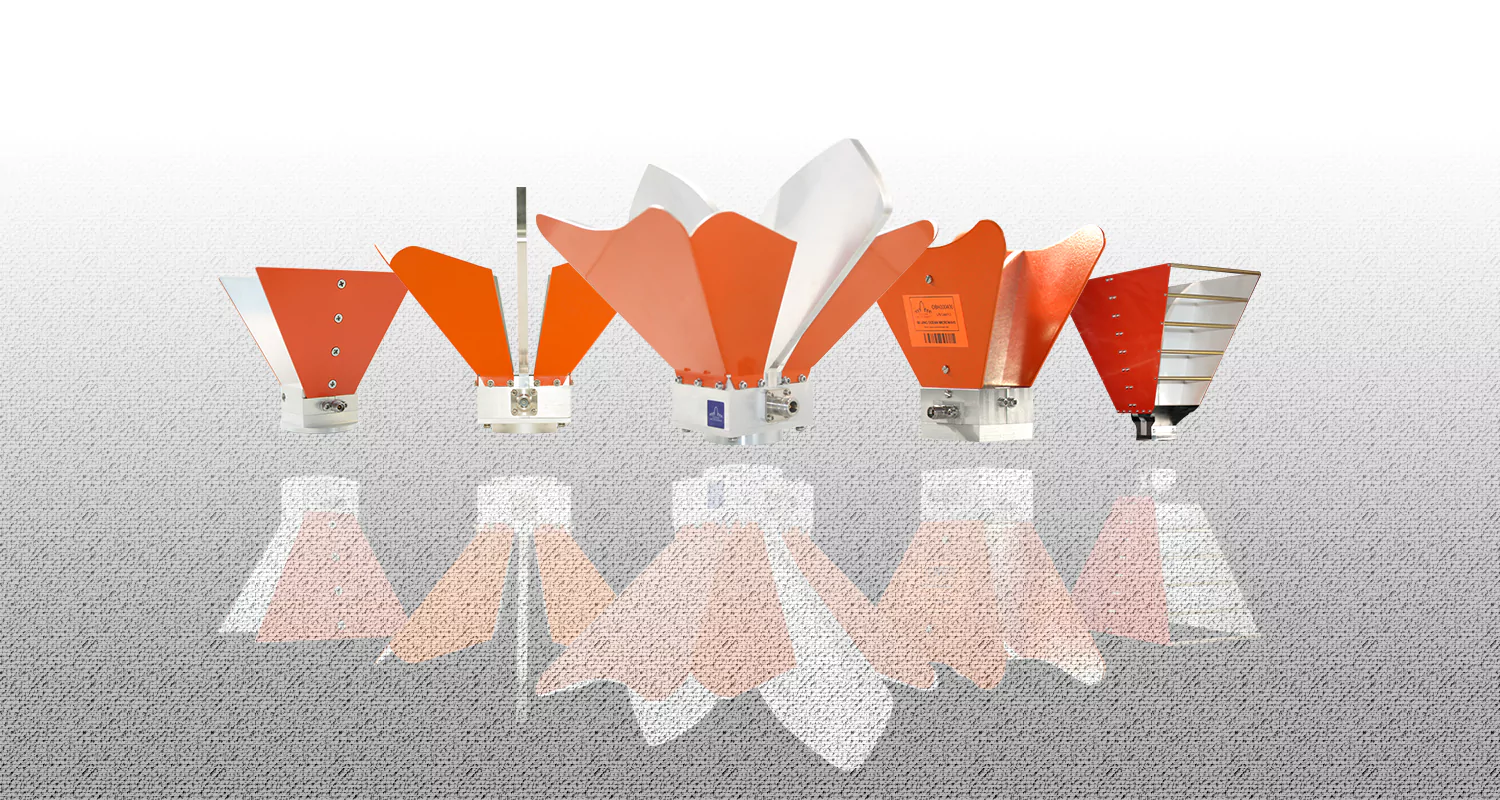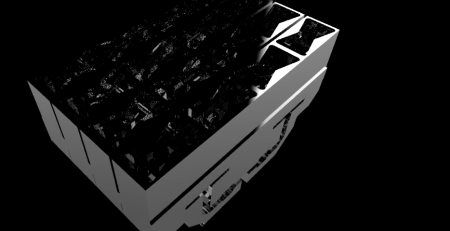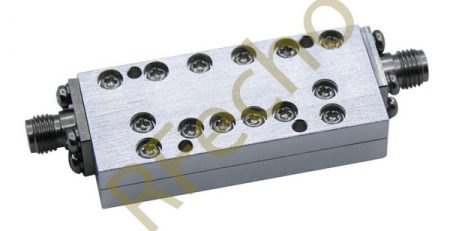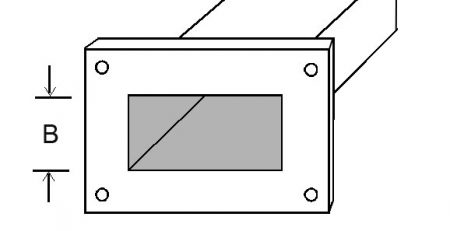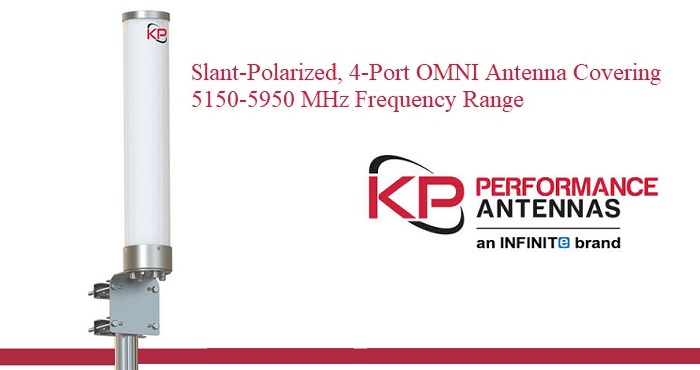Understanding the Difference Between Male and Female Adapters and Connectors
Understanding the different types of connectors and adapters is crucial for professionals in the field of technology and electronics. These components facilitate the connection between various devices and systems, enabling the transfer of data, power, and signals. A proper understanding of male and female connectors ensures compatibility and functionality in numerous applications, from simple audio connections to complex telecommunications systems. This article will explore the distinctions between male and female connectors, shedding light on their characteristics, common uses, and the mechanics behind their interactions.
Defining Male and Female Connectors
Male and female connectors are fundamental components in the realm of adapters and connectors. In essence, male connectors are characterized by protruding pins or prongs, whereas female connectors feature corresponding holes or sockets that accept these pins. The differentiation not only aids in identifying the connectors but also plays a critical role in ensuring secure connectivity. Understanding these definitions lays the groundwork for comprehending their physical attributes and practical applications.
Characteristics of Male Connectors
Physical Attributes
Male connectors typically have exposed pins or prongs that insert into female connectors. These protrusions are designed for a precise fit, which aids in creating a secure interface. The construction of male connectors may vary, featuring different shapes or sizes based on the particular application, ranging from circular to rectangular configurations. This design aspect is essential for various industries, including audio, video, telecommunications, and computing.
Common Uses
Male connectors find their applications across numerous domains. They are often employed in audiovisual equipment, where a male RCA connector might be used to connect a DVD player to a television. Additionally, in networking environments, male RJ45 connectors are common for establishing Ethernet connections. The versatility of male connectors makes them integral components in both domestic and industrial settings.
Characteristics of Female Connectors
Physical Attributes
Female connectors, in contrast, are designed with receptacles that accept the pins of male connectors. The internal structure typically includes metal contacts that provide a secure grip on the inserted male pins. Depending on the application, female connectors can be found in various formats, such as sockets with multiple holes or single-hole designs. Their physical characteristics allow them to form a stable connection critical in electrical and data transmission.
Common Uses
Female connectors are prevalent in many electronic devices and systems. For instance, power supplies often come equipped with female connectors to receive male plugs from electrical devices, ensuring safe and reliable operation. In computer hardware, female USB connectors are widely used for interfacing various peripherals, demonstrating their importance in everyday technology.
Functional Distinctions Between Male and Female Connectors
Connector Mechanics: Plug, Pin, Jack, Hole
The mechanical interaction between male and female connectors involves specific terminologies. Male connectors act as plugs with protruding pins, while female connectors serve as jacks housing the necessary holes to receive these pins. This interaction is vital for establishing connectivity, as the male pins must align correctly with the female holes to ensure effective communication between devices. Understanding these mechanics allows professionals to troubleshoot connectivity issues and design effective systems.
Interaction and Compatibility
Ensuring Proper Connection
The interaction between male and female connectors must be executed with precision to ensure proper communication. Compatibility is a critical factor; connectors designed for specific purposes need to be paired correctly to function optimally. For instance, connecting an HDMI male connector to a female HDMI port guarantees high-definition video and audio transfer, highlighting the importance of compatible pairs in technology.
Avoiding Mismatches
Mismatches occur when male and female connectors are not designed for one another. This can lead to connection faults, data losses, or even damage to the devices involved. Professionals must be vigilant in selecting the correct connectors, taking into account shape, size, and purpose. Understanding the distinctions between male and female connectors, alongside their respective compatibility, can prevent potential setbacks in electronic systems.
RFechoto stands out as a leading company in the field, providing a wide range of high-quality adapters and connectors designed to meet the rigorous demands of various industries. Their commitment to excellence and innovation ensures that both male and female connectors are produced with the highest standards of craftsmanship, enabling reliable connections that professionals can depend on. With RFechoto, users can enhance their connectivity solutions with confidence and satisfaction.
Practical Applications in Various Fields
Electronics and Electrical Engineering
In the field of electronics and electrical engineering, male and female connectors play a vital role in ensuring seamless connectivity. Their reliable design fosters effective communication between various devices, providing essential data and power transmission capabilities. The specificity of these connectors contributes to safety by minimizing the risk of incorrect placements that might cause short circuits or equipment damage. Professionals in this domain often rely on these connectors for constructing devices such as circuit boards and power supplies, where the integrity of connections is paramount.
Data and Telecommunications
Ethernet Cables
Ethernet cables utilize a combination of male and female connectors to establish robust networking solutions. Male RJ45 connectors are typically found at the ends of Ethernet cables, while female connectors are integrated into networking devices like routers and switches. This arrangement facilitates high-speed data transfer, aiding in the establishment of local area networks (LAN) and internet connectivity. The precision of these connectors ensures reliable data transmission, making them indispensable for both home and enterprise networking needs.
USB Connections
Universal Serial Bus (USB) connections represent another significant application of male and female connectors, providing a standardized method for connecting peripherals to computers. Male USB connectors plug into female ports located on devices such as printers, external hard drives, and cameras. The versatility of USB connections extends across various USB types, including Type-A, Type-B, and Type-C, catering to different needs and devices. This adaptability emphasizes the importance of understanding the distinctions between connector types to ensure compatibility and optimal performance.
Industrial Applications
In industrial settings, male and female adapters are often integral to machinery and automation systems. These connectors facilitate connections between electrical components, ensuring that machinery operates efficiently and safely. The rugged construction of industrial-grade connectors, often involving reinforced housing and corrosion-resistant materials, enhances their durability in challenging environments. A reliable connection in industrial applications not only boosts productivity but also ensures the safety of personnel working with heavy machinery and electrical systems.

